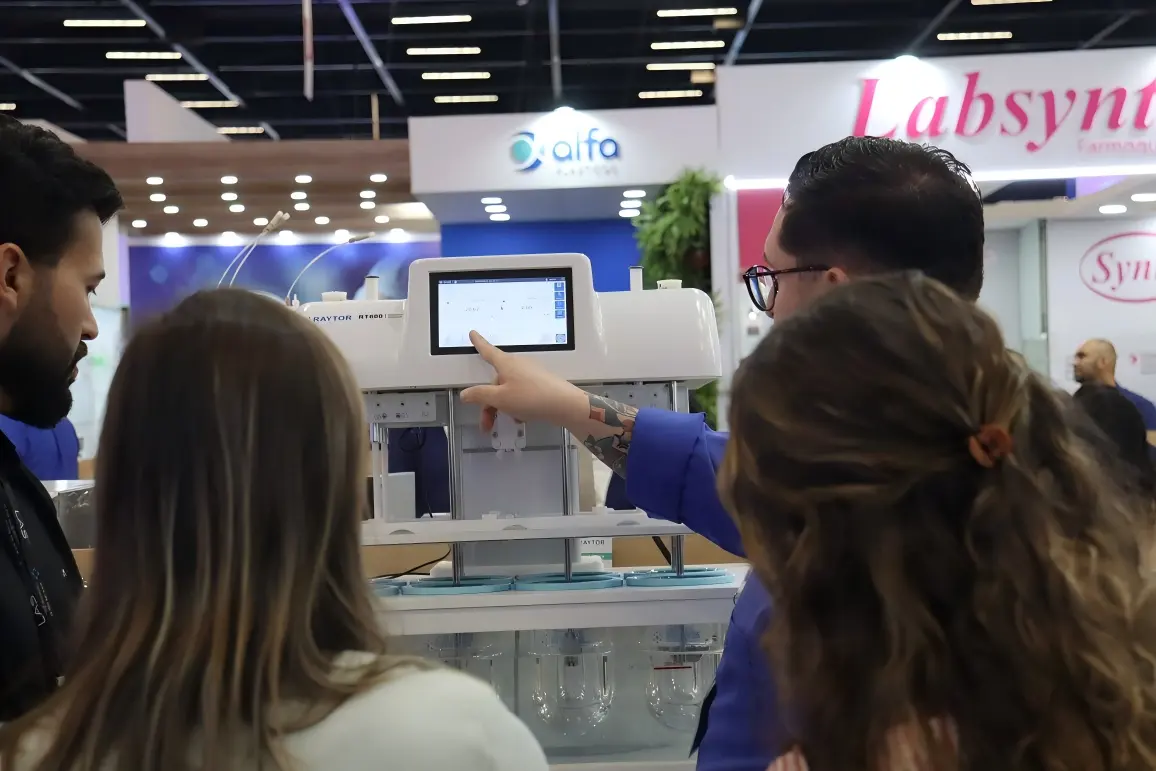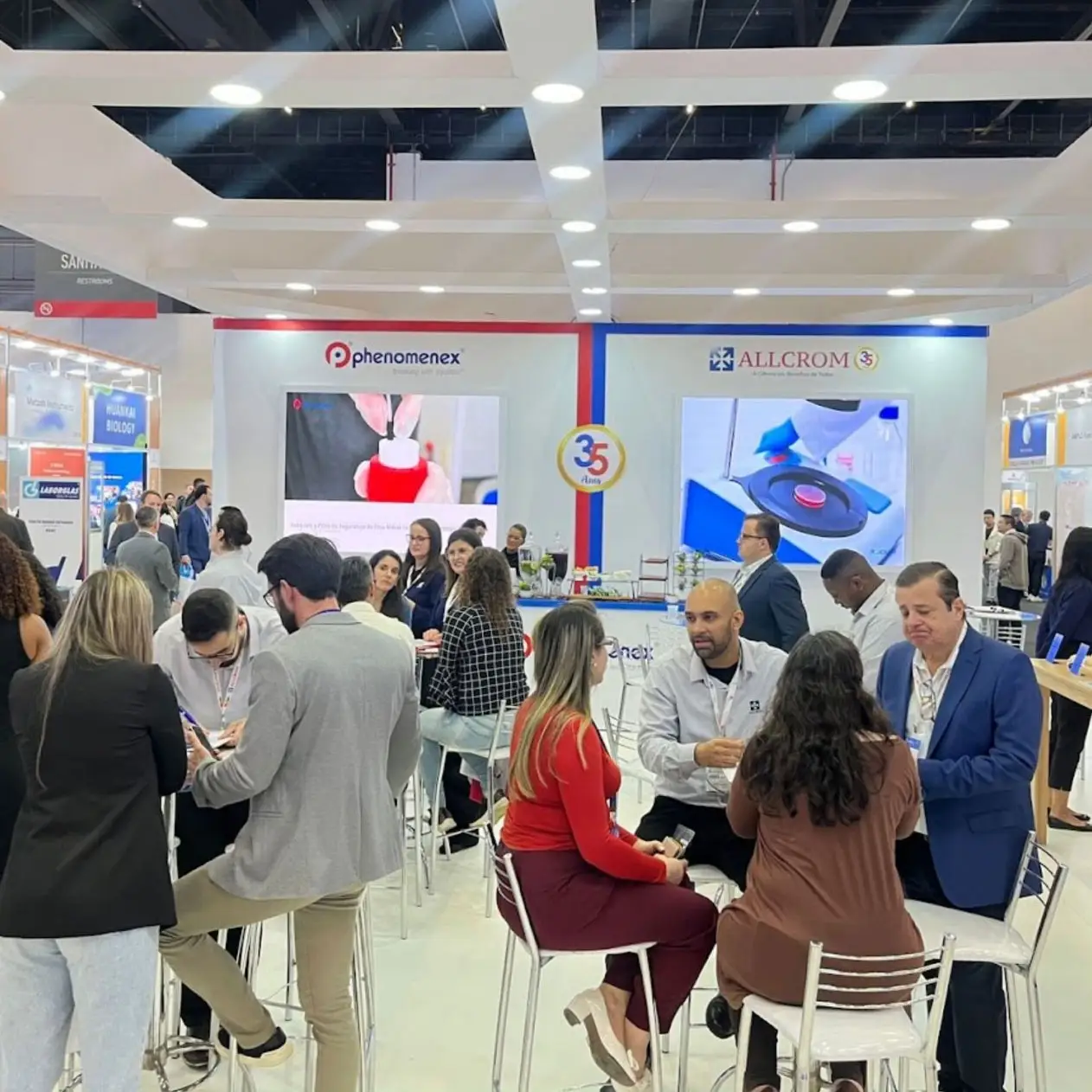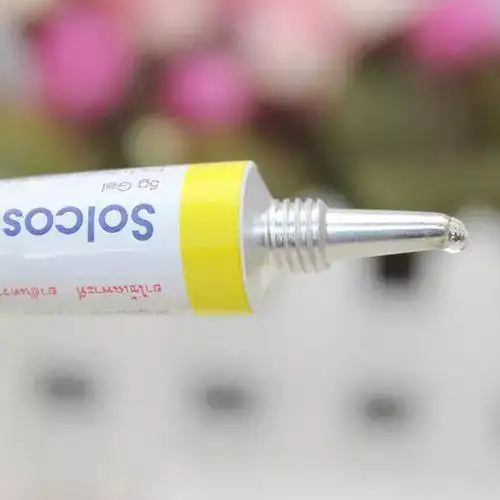In modern pharmaceutical research, Drug characterization methods sit at the heart of every safe, effective therapy. Whether screening an early-stage molecule or confirming the robustness of a mature formulation, laboratories rely on increasingly sophisticated tools to answer one deceptively simple question: Does this drug behave exactly as intended? Precision matters - not just to meet regulatory guidelines, but to protect patients who depend on consistent performance. The following discussion tracks three key angles: how automation reshapes routine assays, what Raytor's RT612-ST dissolution tester brings to the bench, and why the entire field of advanced characterization now underpins the push toward personalized medicine.
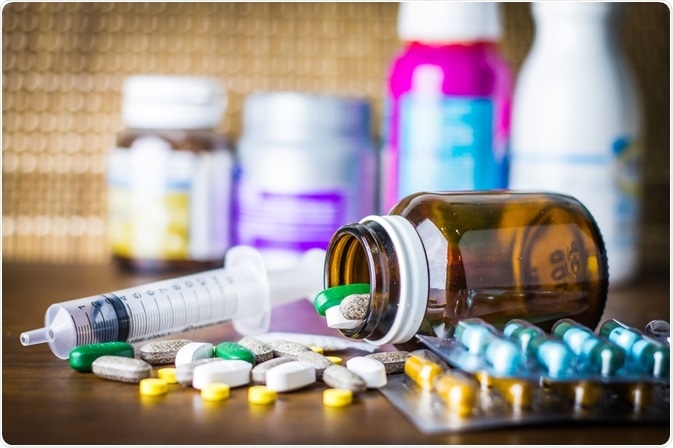
Automation and the New Standard for Drug Characterization Methods
Once upon a time, quality-control benches echoed with the clatter of manual timers and stopwatches. A single misread dial could skew dissolution data for an entire batch. Those days are rapidly fading as automated instrumentation becomes standard practice.
• Shifting from Manual to Smart Workflows
Laboratories that adopt automated Drug characterization methods report three immediate benefits:
✅ Sharper reproducibility - Every movement - dosing, sampling, stirring - follows pre-programmed intervals, erasing the subtle deviations that creep into hand-driven work.
✅ Higher throughput - Parallel platforms often quadruple the number of samples processed per shift, shortening project timelines without extra staff.
✅ Continuous monitoring - Integrated sensors track temperature, pH, and rotation speed in real time, storing metadata that auditors can trace months later.
The rise of Industry 4.0 reinforces these gains. For example, cloud dashboards now compile live dissolution curves across multiple sites, flagging anomalies before they threaten production schedules. Such connectivity elevates Drug characterization methods from isolated tests to strategic process controls.
• Design Choices that Matter in Everyday Use
Not all automated equipment performs equally. Seasoned technicians tend to notice five design cues that separate merely modern instruments from genuinely helpful ones:
• Co-axial paddle-basket assemblies that let teams switch compendial methods without re-setting shaft heights.
• Chemical-inert plumbing (Teflon or PEEK) to prevent solvent adsorption - a hidden source of assay drift.
• Scheduled pre-heat routines that stabilize bath temperature before staff even arrive.
• Synchronous multi-drive dosing so every vessel receives the sample at an identical second.
• Self-cleaning inline filters to minimize downtime between runs.
Each feature addresses a common pain point voiced by analysts who spend full days beside a dissolution bath. Their feedback, not marketing slogans, has driven recent engineering advances - and it shows.
Inside Raytor's RT612-ST Automated Dissolution Tester
Raytor, a manufacturer known for targeted R&D rather than flashy claims, packaged many of those frontline requests into the RT612-ST 12-Position Automated Dissolution Tester. Independent lab reports have highlighted three themes that distinguish the platform.
• Architecture Built for Practical Precision
12-Position Capacity with True Synchrony
Instead of splitting a study across two machines - risking subtle discrepancies - the RT612-ST processes a full dozen vessels in one go. Synchronous dosing eliminates time-lag errors that once forced analysts to discard borderline results.
• Pre-Programmed Water-Bath Conditioning
A built-in timer activates the heater hours before testing, ensuring bath water reaches a stable set-point. Analysts merely confirm the reading rather than wait and recalibrate.
• Co-Axial Paddle-Basket Design
Switching from USP Method 1 to Method 2 (or vice-versa) takes minutes, not hours. No shaft-height tweaking, no re-validation of motion profiles - just swap, lock, and verify.
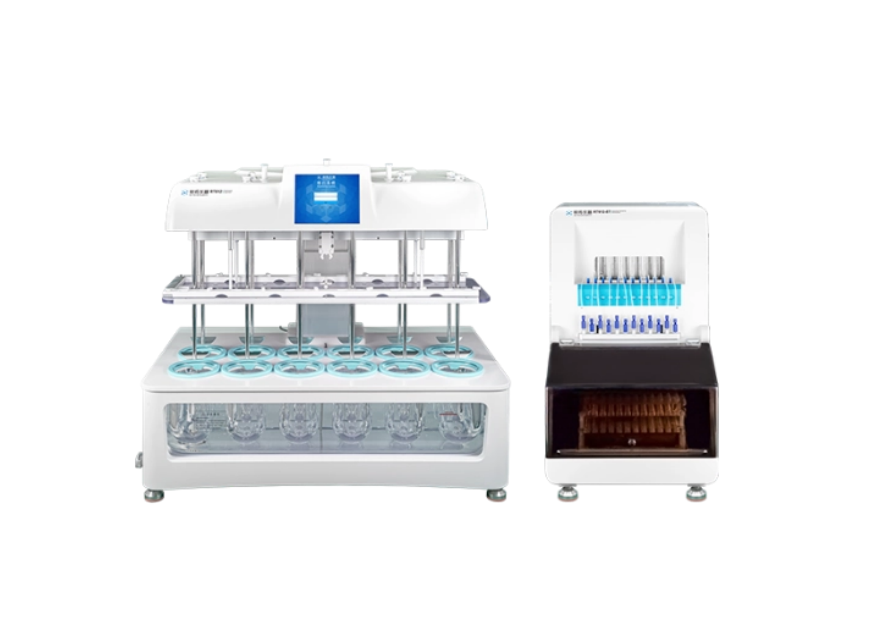
• Anti-Corrosive Teflon Pipeline
Solvents and aggressive buffers can degrade standard tubing, leaching particles into samples. Teflon lines resist those attacks and exhibit low adsorption, preserving analyte integrity throughout long series.
• High-Resolution Sampling Pump and Dual Inline Filters
Volume precision sits in the sub-percent range, confirmed by gravimetric checks. The dual-filter setup periodically rinses itself, extending filter life while trimming maintenance stops.
• User Feedback from Early Adopters
✅ "Temperature uniformity stayed within ±0.2 °C for a six-hour stress test - no manual adjustment needed."
✅ "Basket changes are genuinely plug-and-play. Shaft alignment didn't drift even after fifty swaps."
✅ "Sample queues move faster because tubes drop directly into a 120-place rack we already use for HPLC."
Notably, these comments frame the instrument not as a miracle gadget but as a solid workhorse. That tone matters; experienced analysts seldom praise equipment lightly.
Why Advanced Drug Characterization Matters More Than Ever
Regulators and clinicians now speak in the same key: patient-centric precision. Advanced Drug characterization methods form the data backbone of that ambition.
✅ Meeting Global Regulatory Expectations
• Traceability - Real-time digital logs satisfy FDA and EMA data-integrity guidelines, reducing audit stress.
• Harmonization - Adjustable protocols allow quick alignment with USP, EP, or JP chapters, smoothing multi-market submissions.
• Risk-based approaches - Rich datasets accelerate QbD (Quality by Design) initiatives, shrinking both validation and lifecycle-management costs.
✅ Saving Time - and Money - During Development
A robust characterization plan surfaces dissolution issues long before Phase III. Projects that flag release-rate instability early can reformulate cheaply; catching the same flaw after scale-up may trigger millions in wasted API. Automated testers shorten feedback loops, thereby trimming the development budget.
✅ Enabling Next-Generation Therapies
Personalized medicine often demands narrow therapeutic windows. Tablets or capsules released too quickly - or too slowly - undermine dosing accuracy. Advanced tools quantify micro-differences between batches, guiding formulators toward tighter control strategies. In parallel, high-precision samplers prove essential for emerging dosage forms like 3D-printed polypills, where each layer may hold a distinct drug.
• Future Horizons
Machine-learning models already predict dissolution profiles from raw formulation variables. The reliability of those predictions hinges on dense, high-quality training sets. Automated systems such as the RT612-ST can generate exactly that - consistent, timestamped, full-curve data - feeding algorithms that one day may suggest the optimal excipient blend in minutes.
Closing Perspective
The conversation around Drug characterization methods is no longer just about compliance. It has evolved into a wider narrative of efficiency, data science, and, ultimately, patient wellbeing. Instruments like Raytor's RT612-ST reflect this shift: they combine mechanical rigor with digital connectivity, turning what was once a tedious bench task into a streamlined, insight-rich operation.
Labs that invest in such platforms stand to cut cycle times, capture deeper understanding of their formulations, and align seamlessly with a tightening regulatory net. Most importantly, they place themselves on the front line of therapeutic innovation - where precision isn't optional, but mission-critical.

